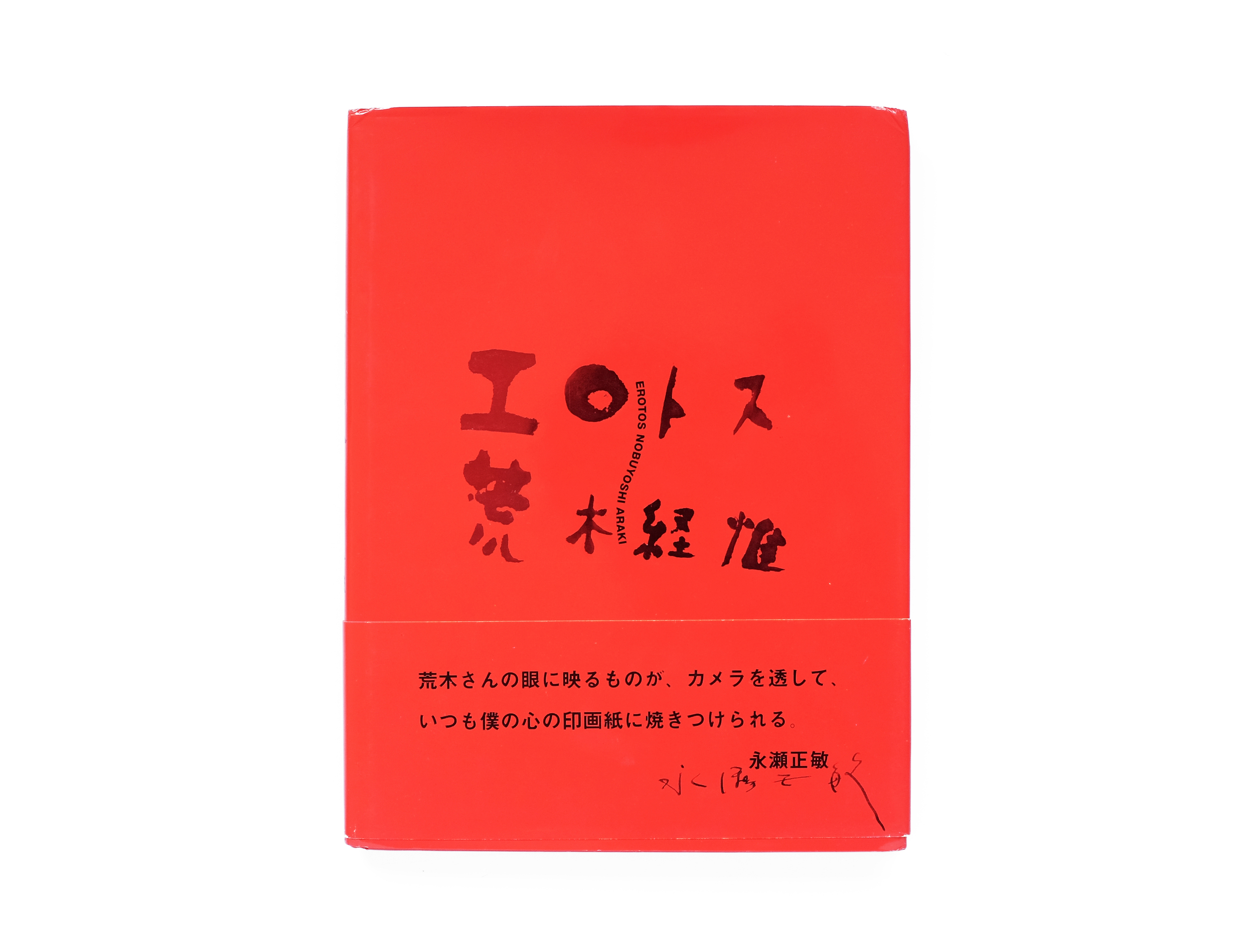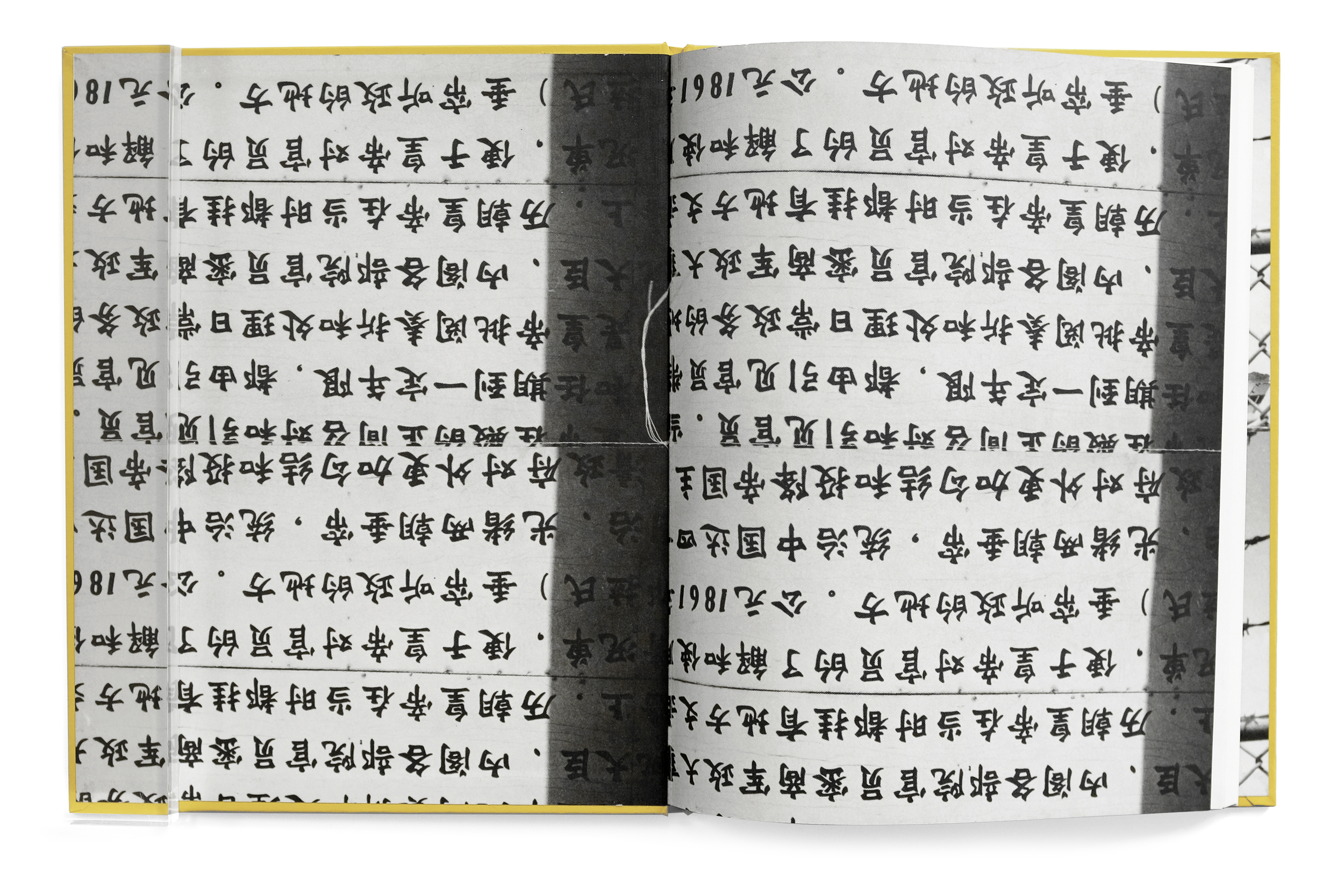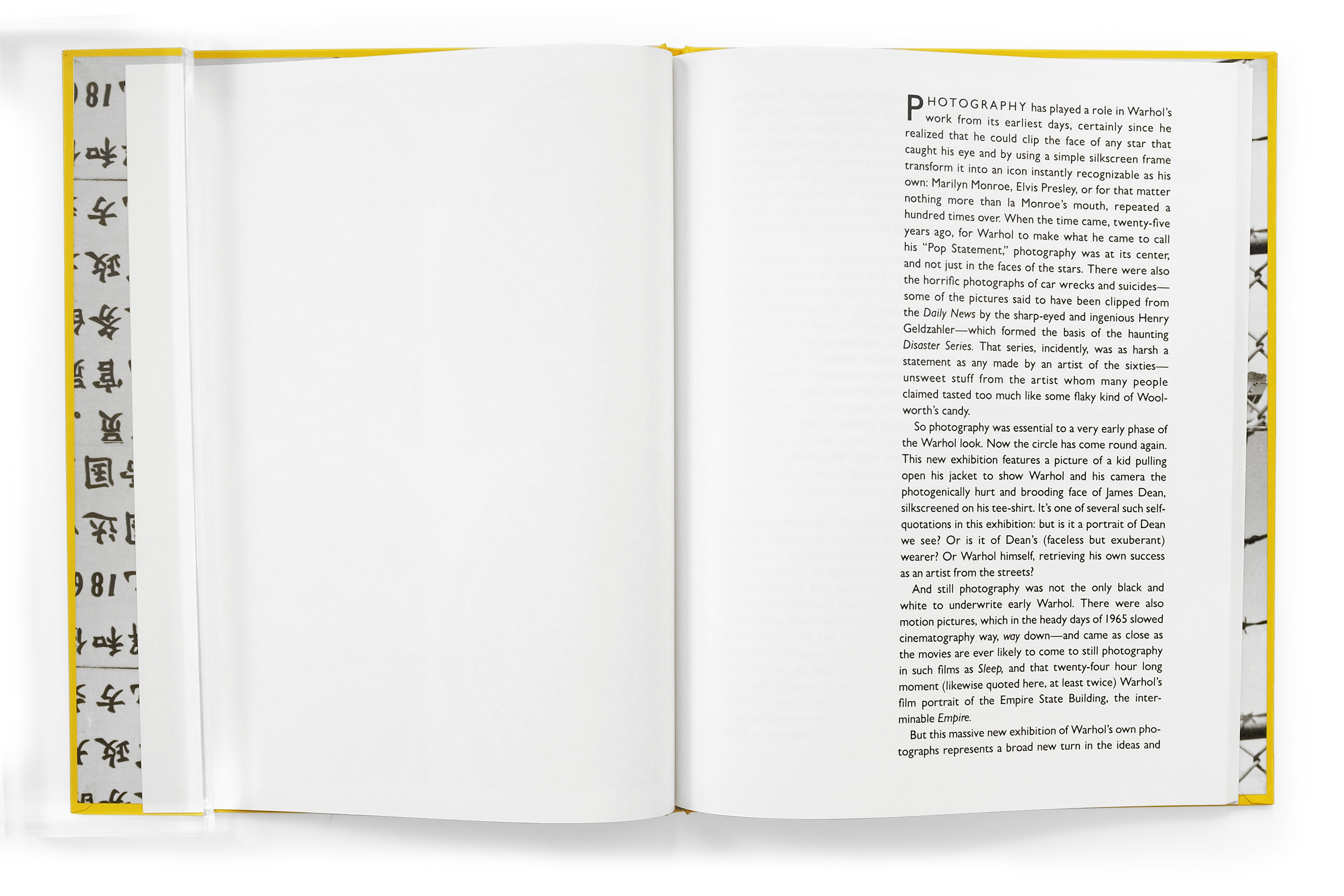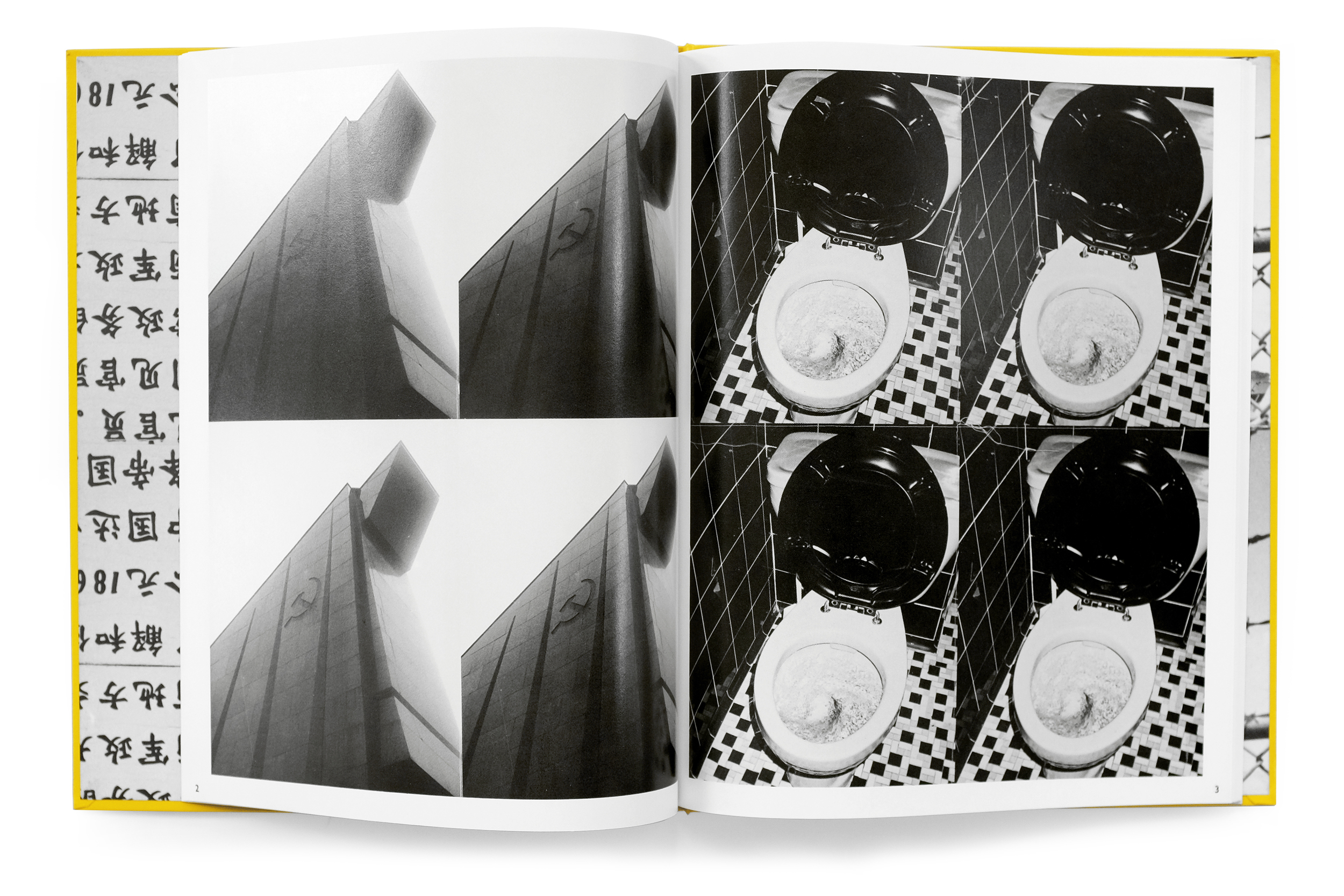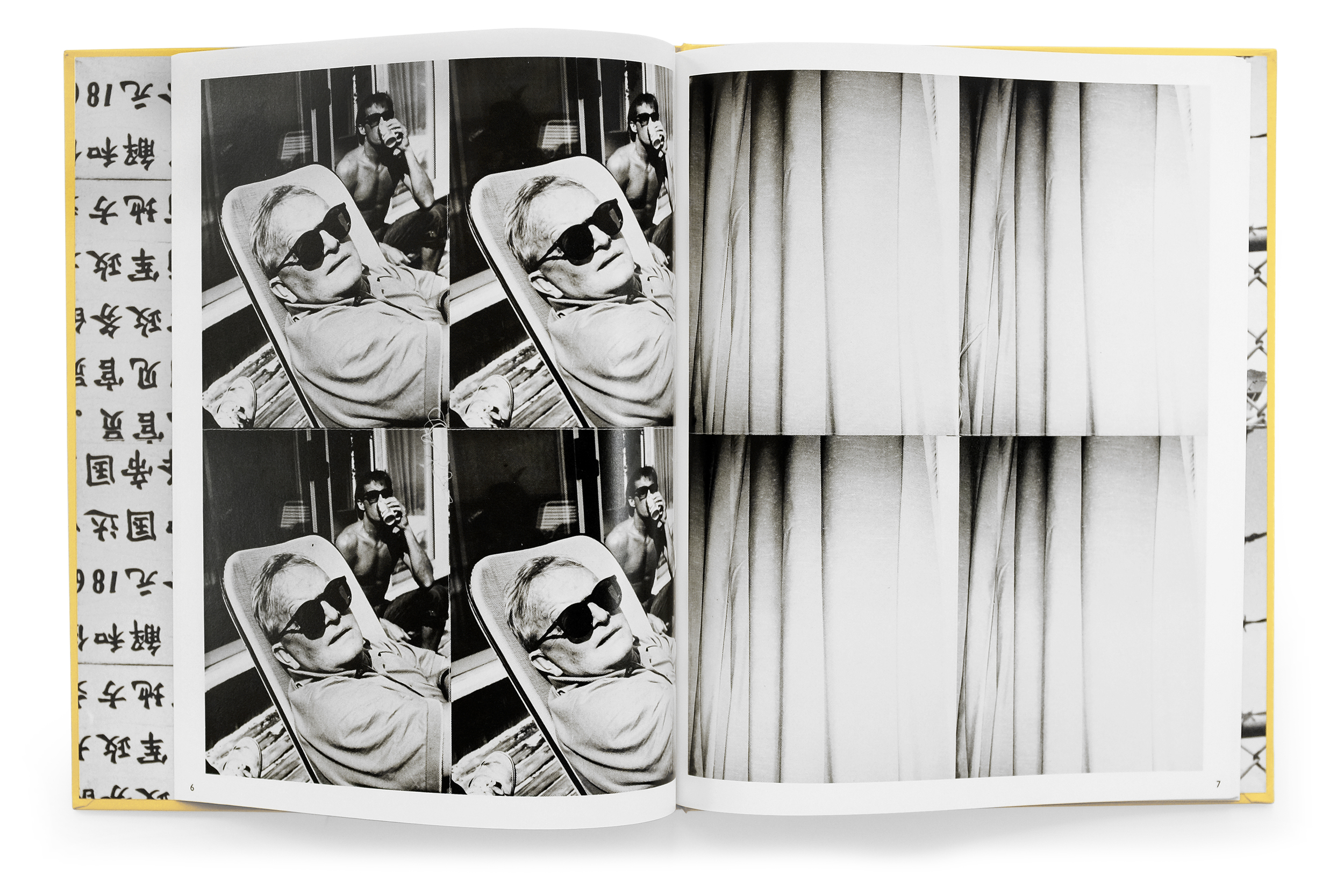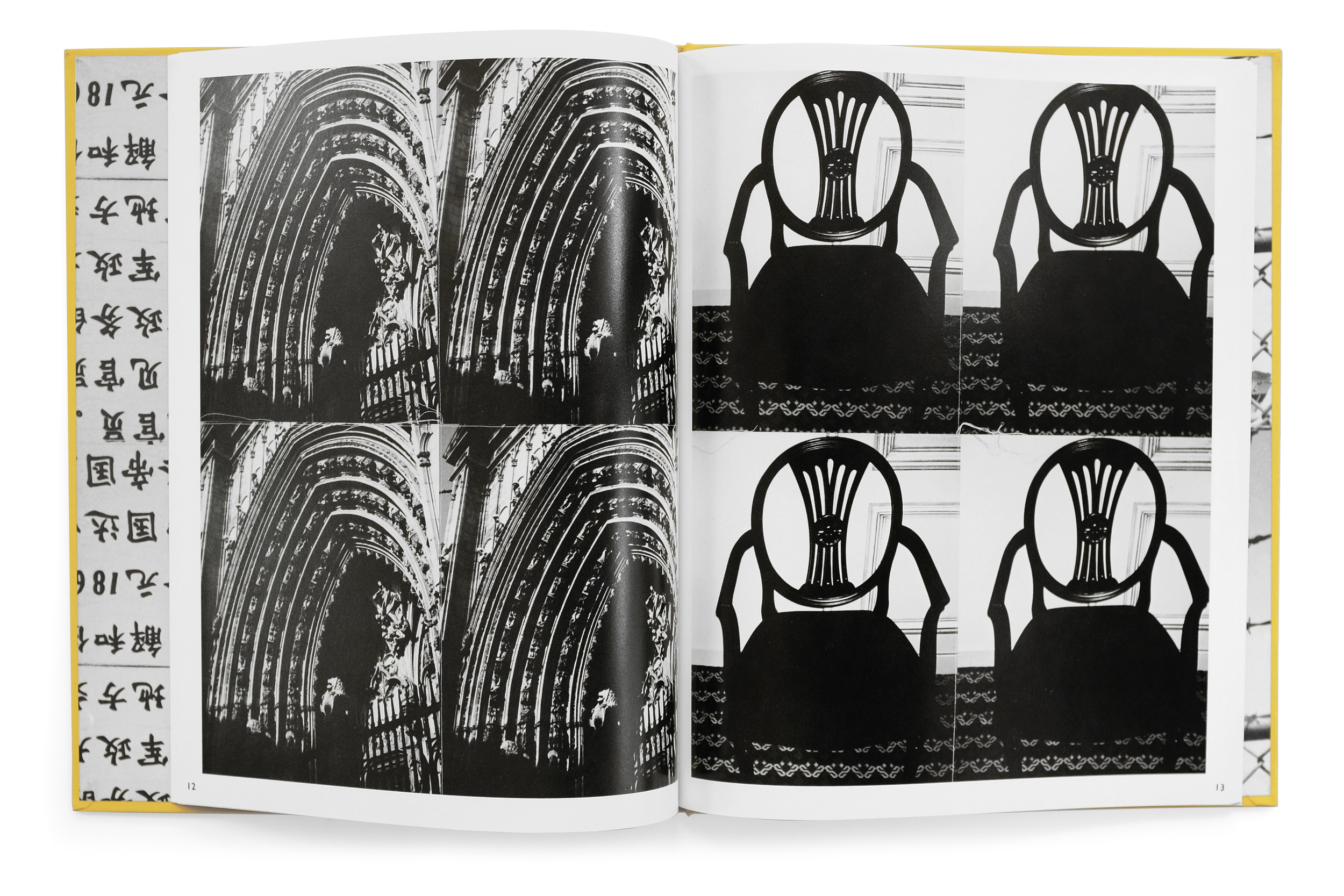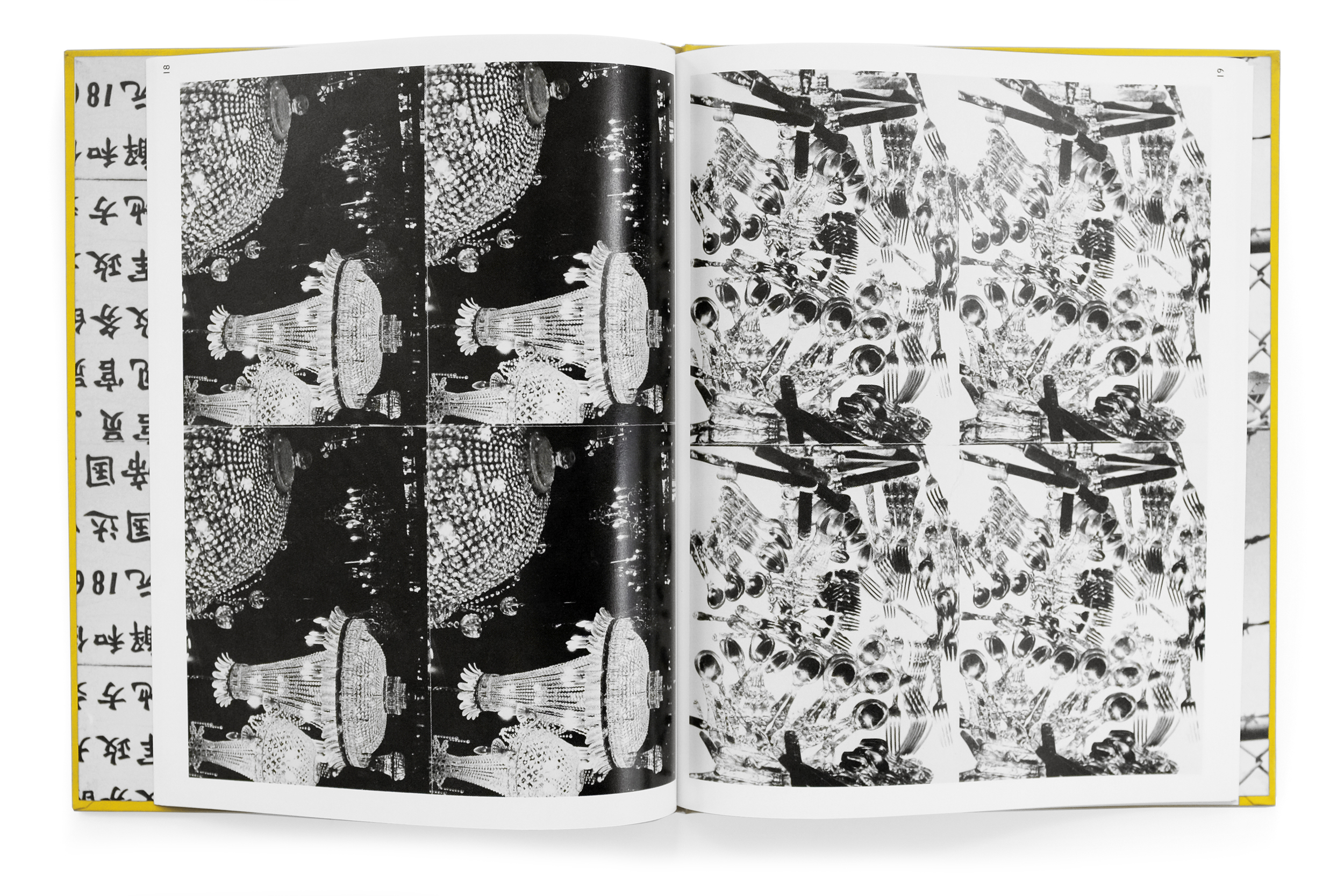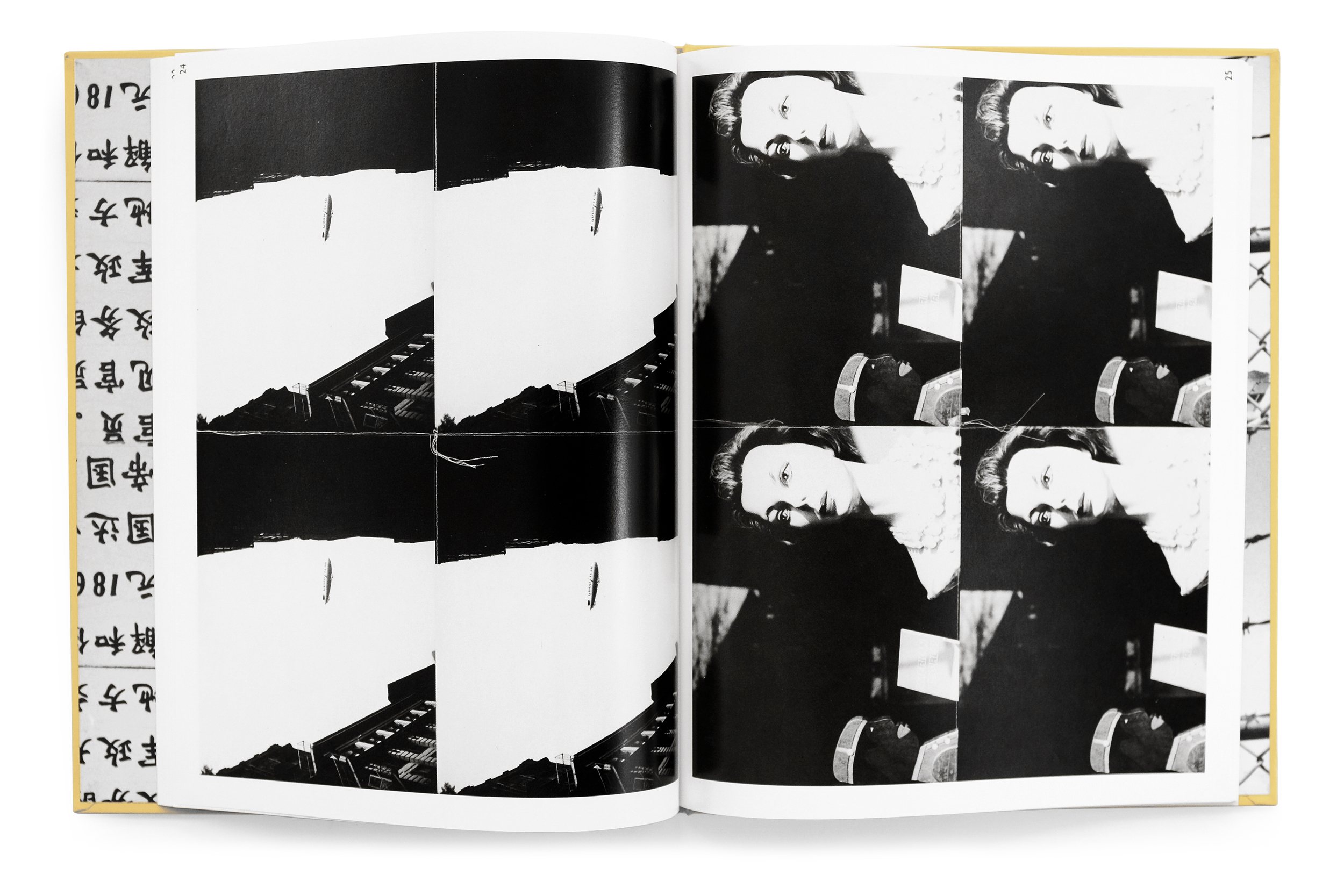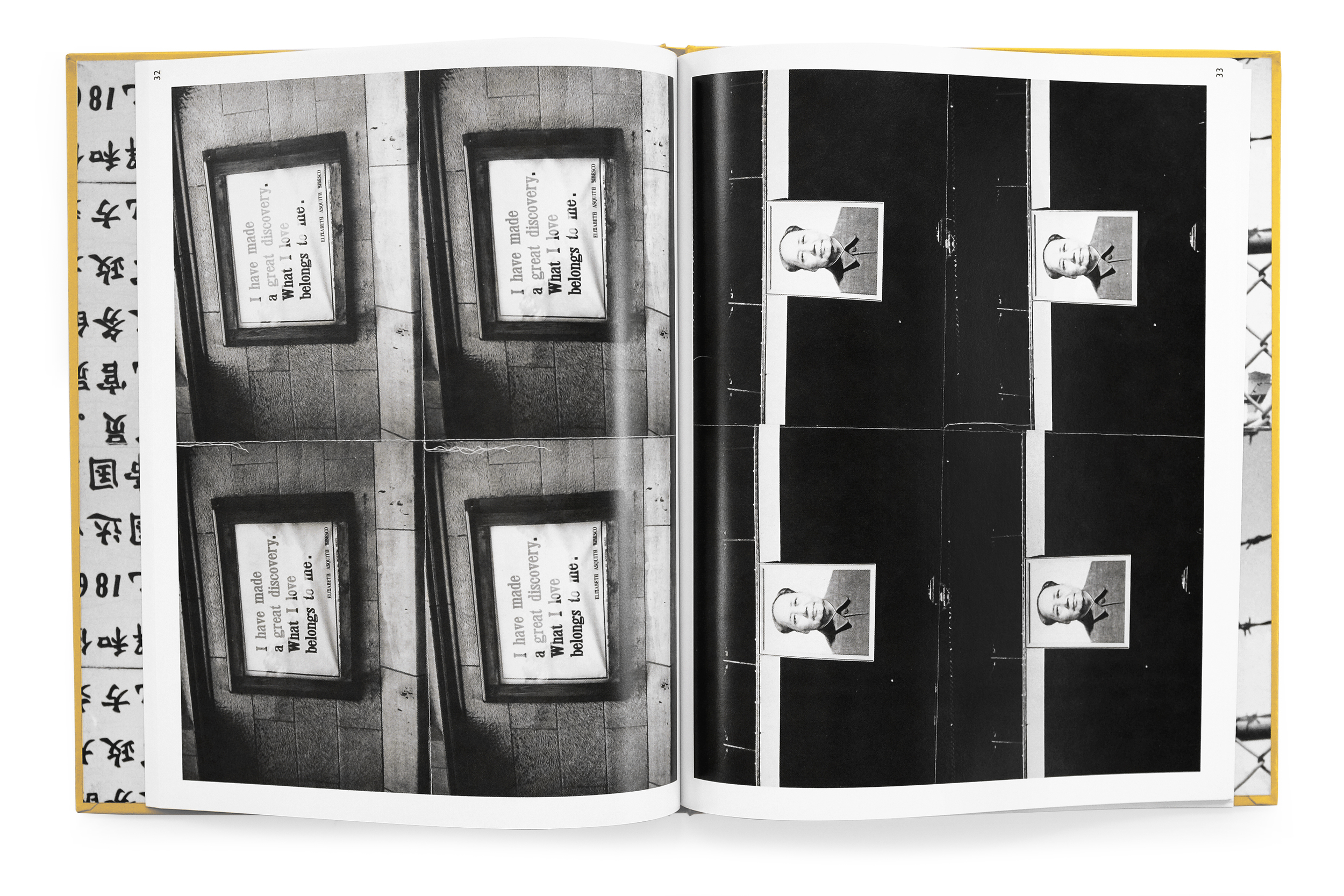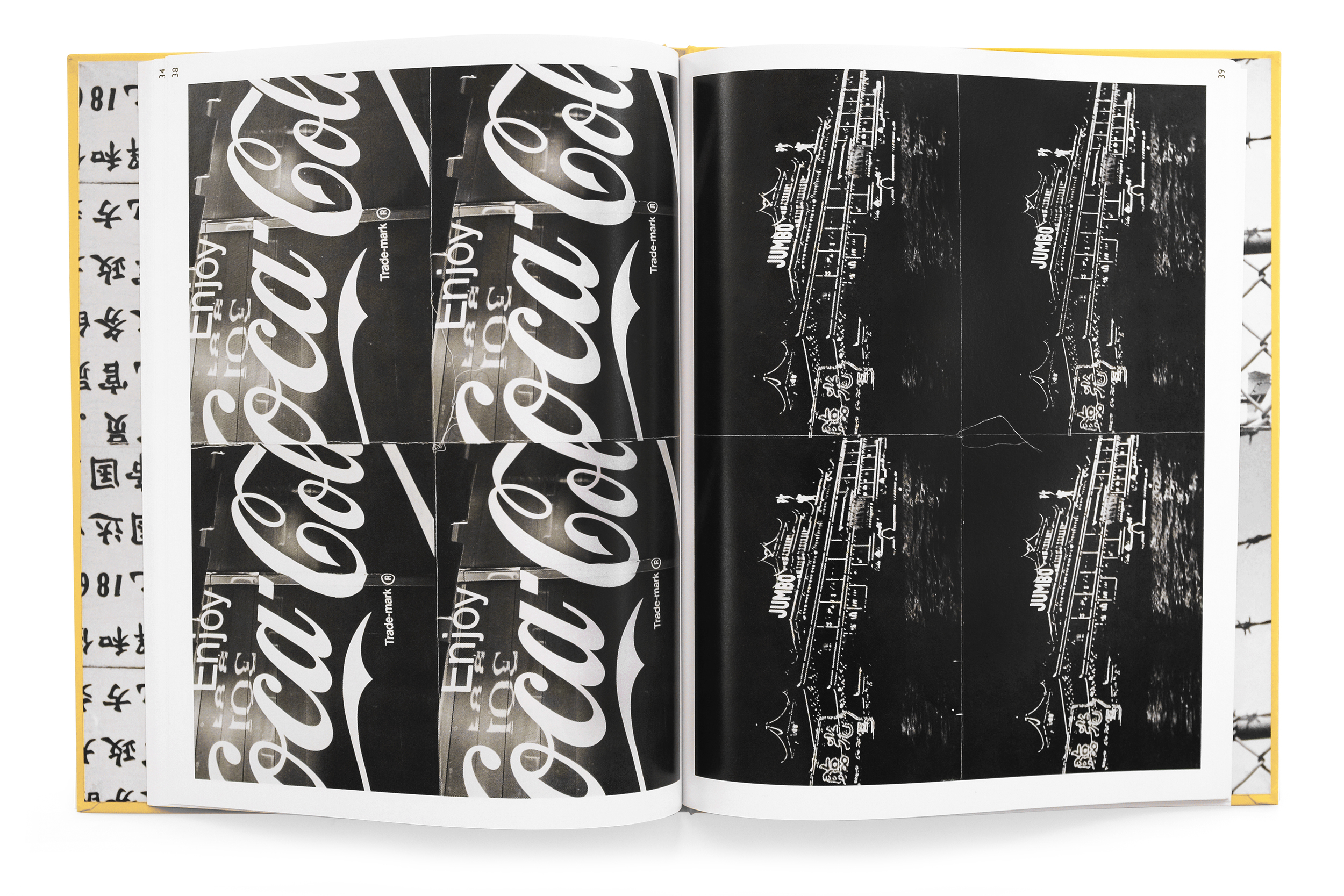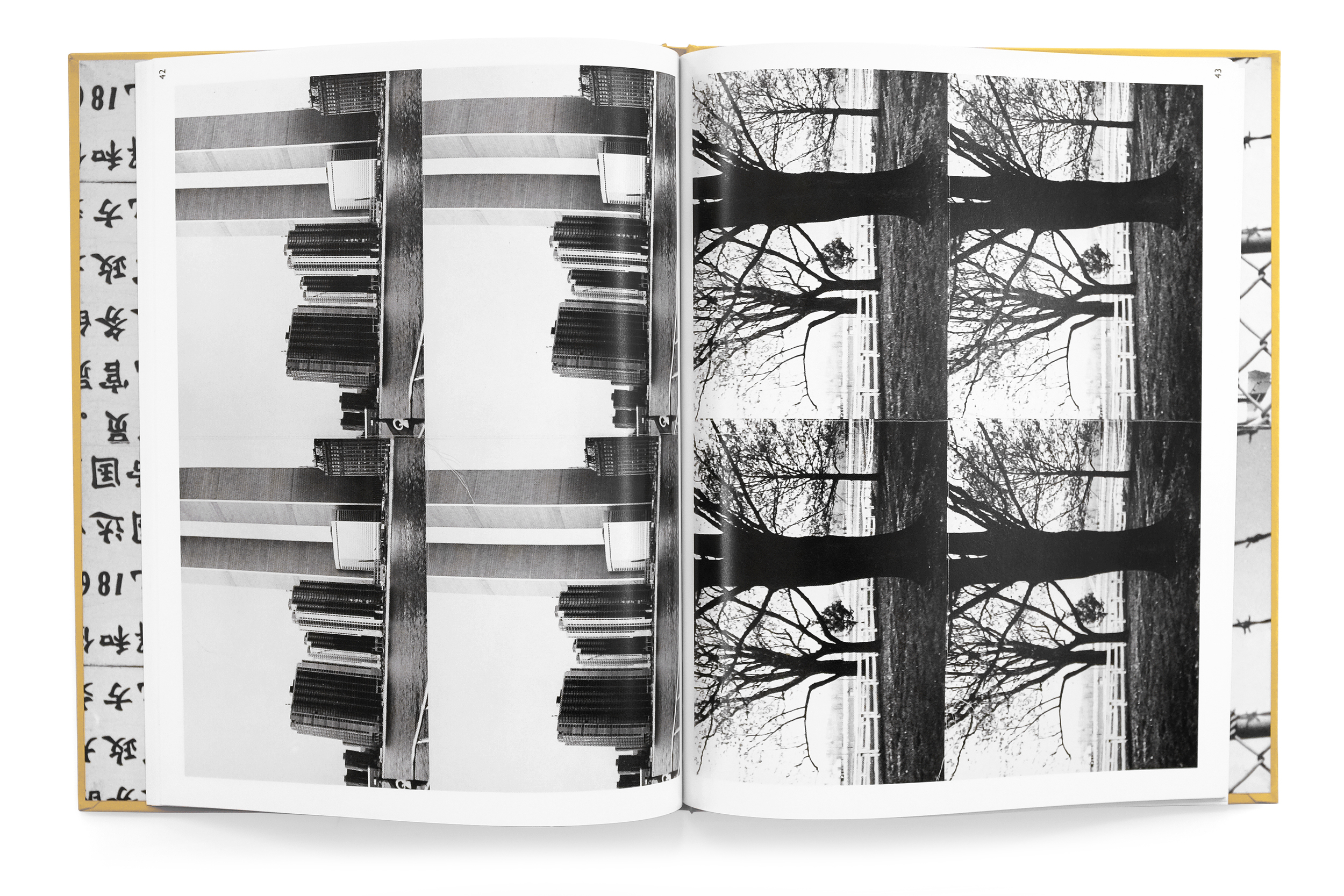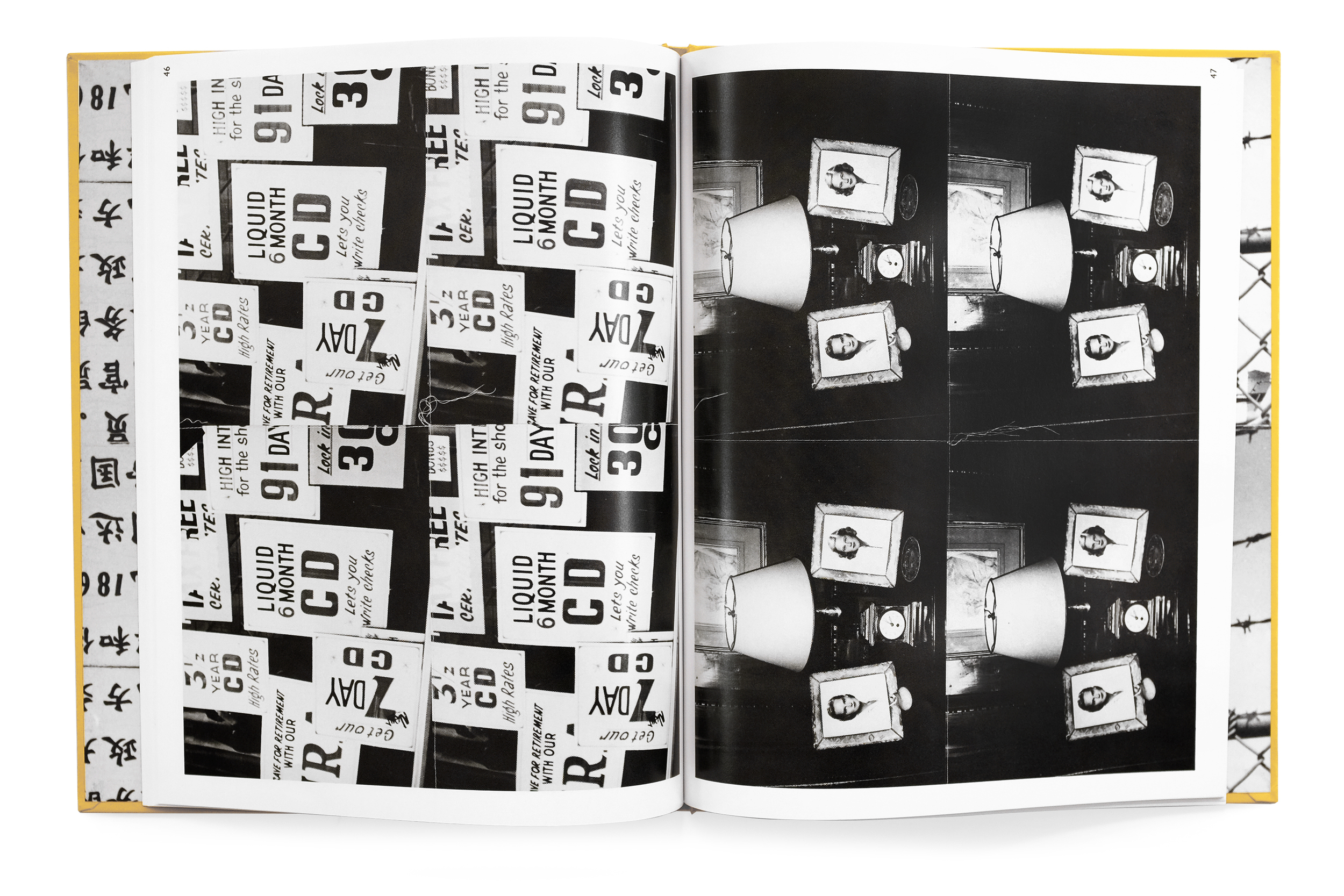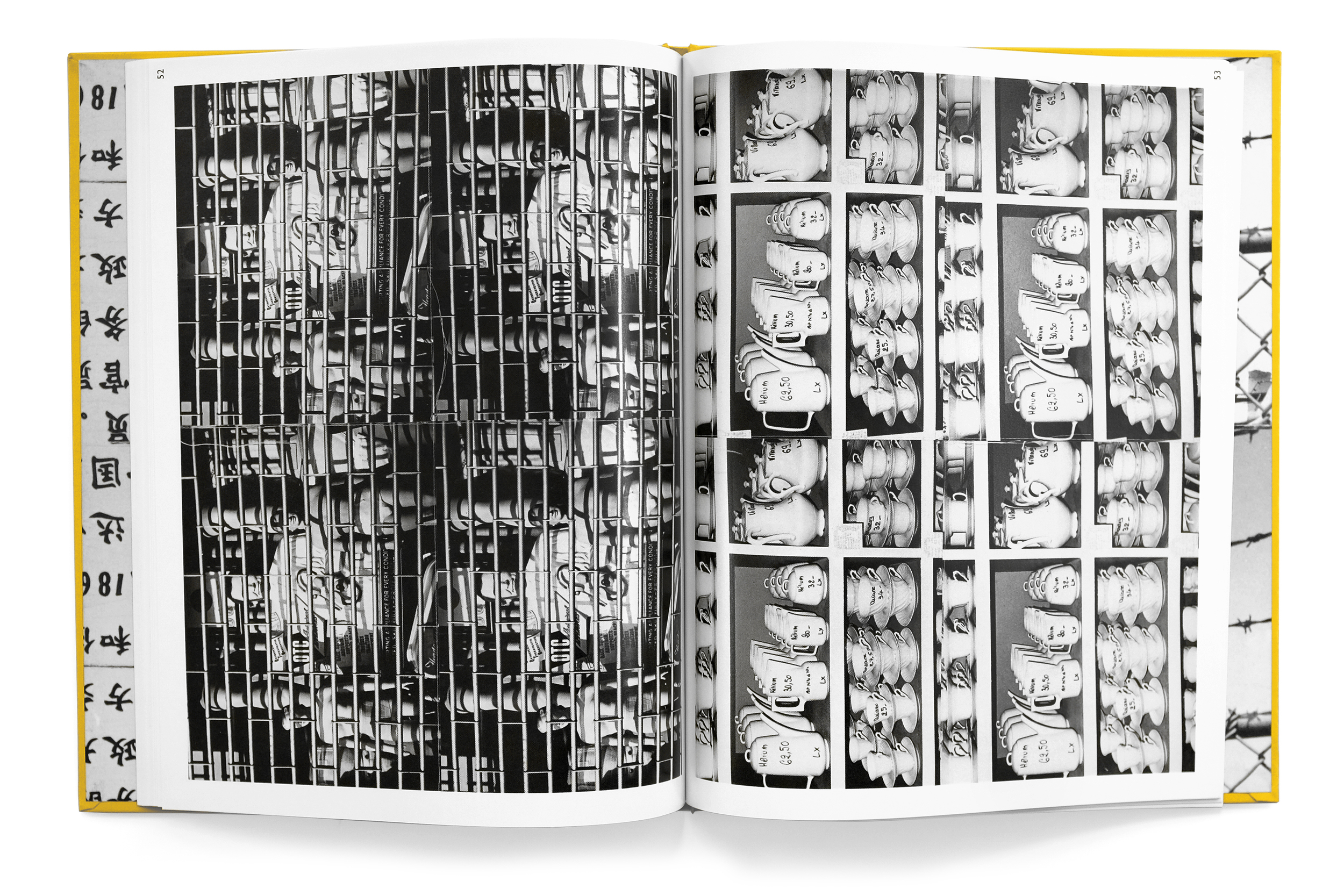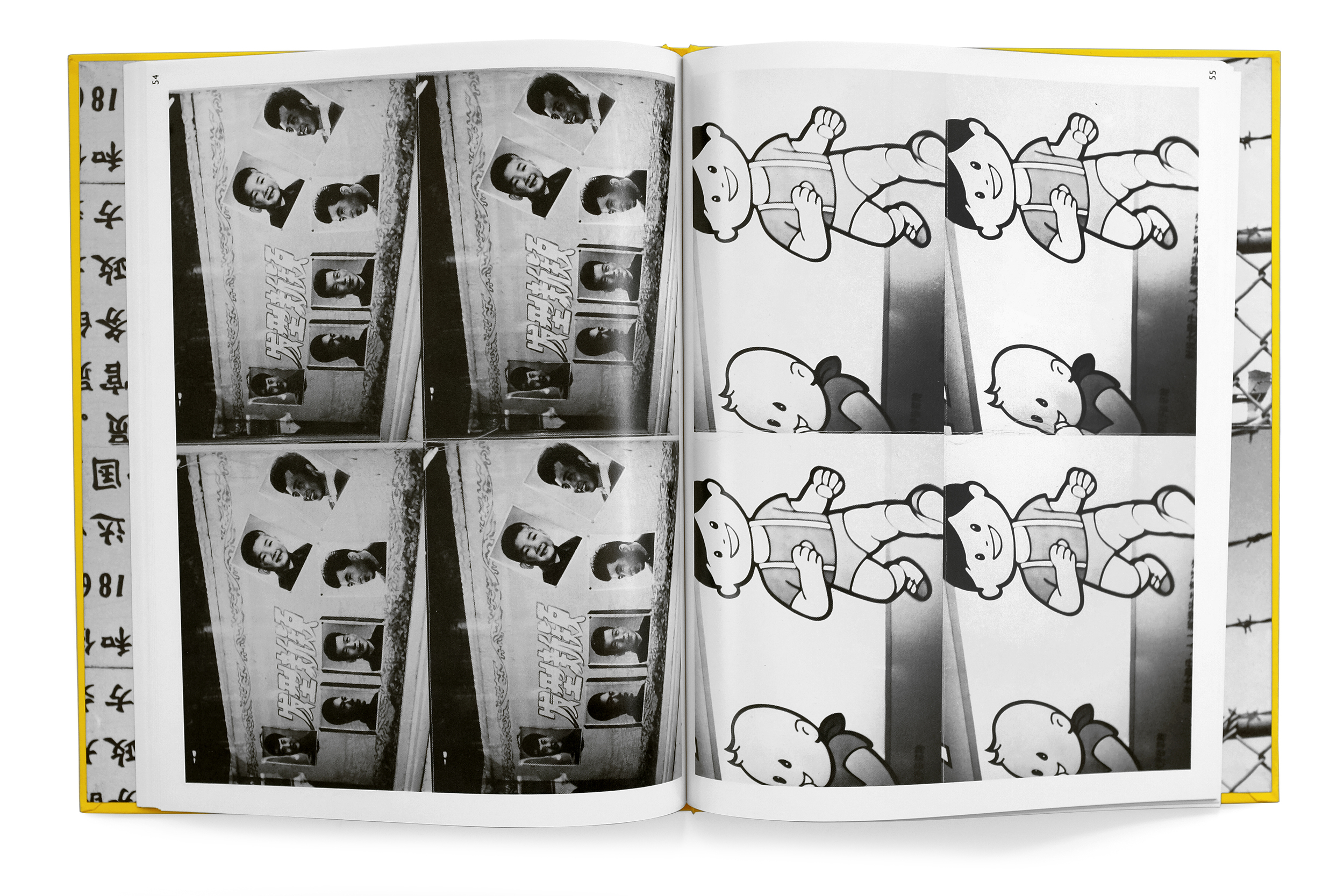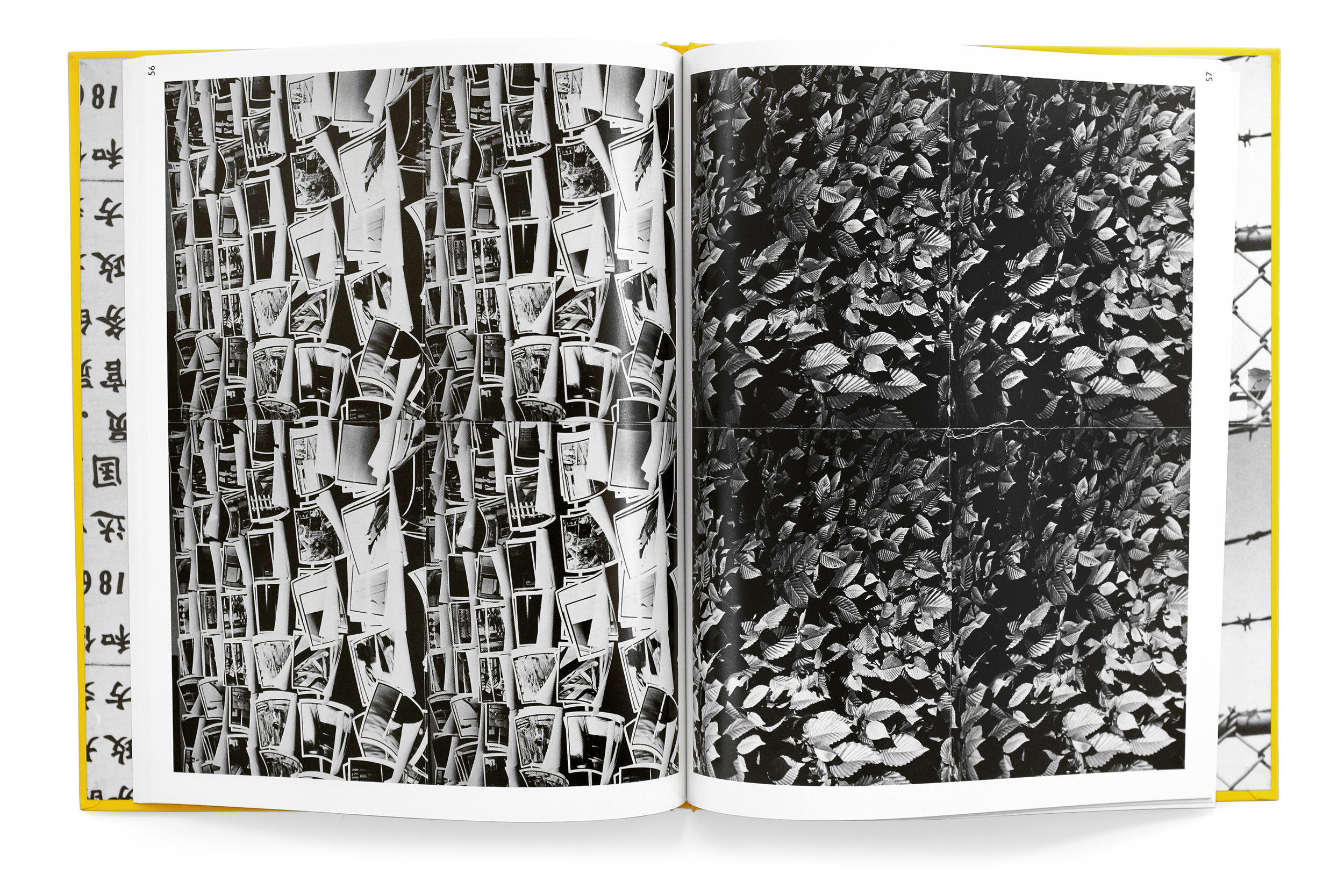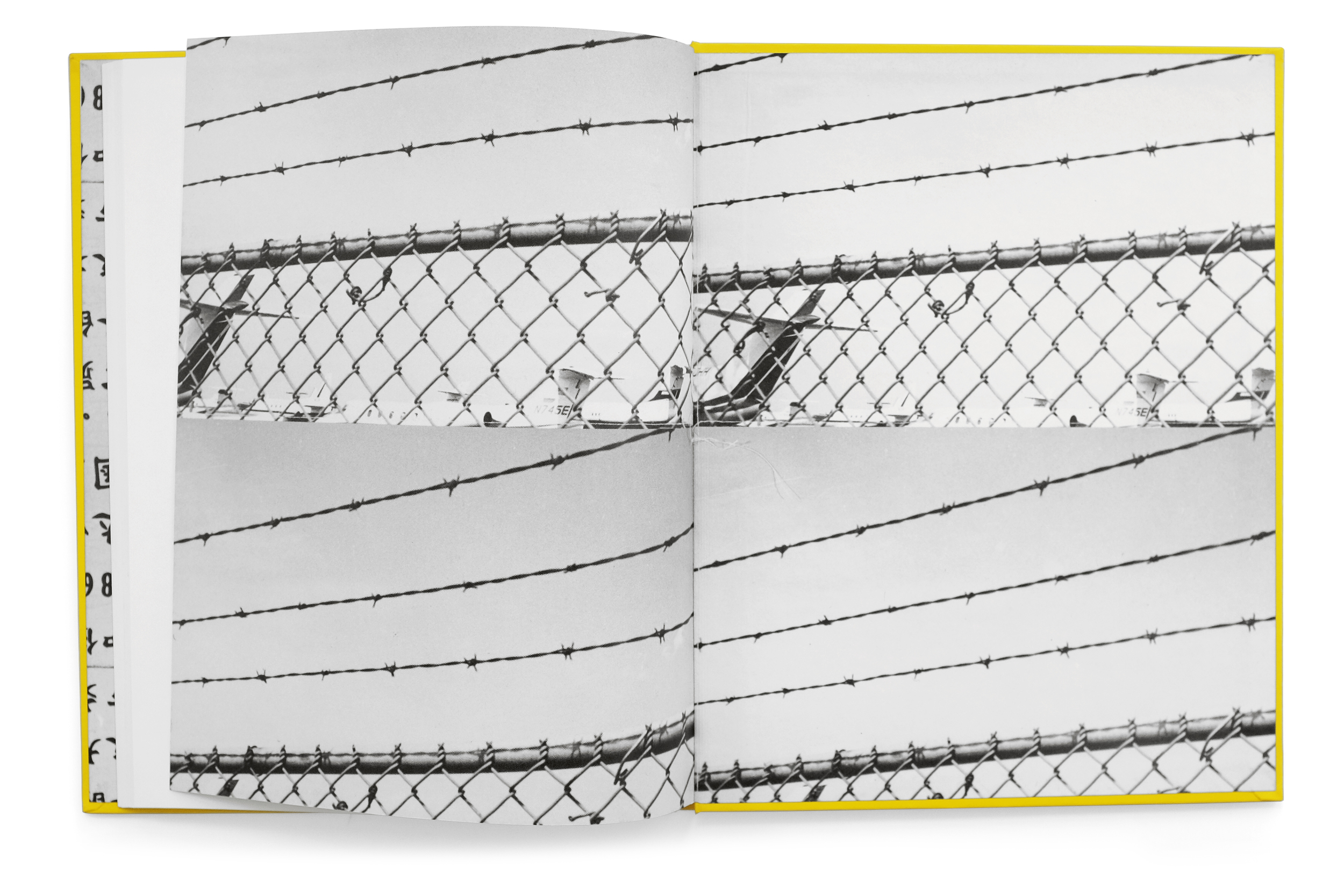Spiegel mit Erinnerungen
Spiegel mit Erinnerungen
1977
Künstlerhaus Bethanien
62 pp.
design by Christian Chruxin
Printed in Germany
Spiegel mit Erinnerungen translates to “Mirrors with Memories” (or so Google tells me). It features the daguerreotypes of artist Shinkichi Tajiris along with a history of the medium. Künstlerhaus Bethanien is the publisher, an institution that has released a number of adventurous book designs, particularly in the late 70s. The cover of this book immediately compelled me: austere and rigid, with its simple underlying grid revealing itself through a stark hairline stroke, carried throughout the entirety of the book. I've since come to learn this is somewhat of a trademark of the designer Christian Chruxin who has made some brilliant books that sadly don't seem to get the recognition that they deserve.
In many ways this catalog is a wonderful exercise in restraint with momentary, unexpected flourishes (such as the metallic ink used for the photo plates, giving off a luster reminiscent of the original daguerreotypes, or the single spread typeset in a beautiful blackletter) which create a pleasant rhythm of contrasts throughout.







































